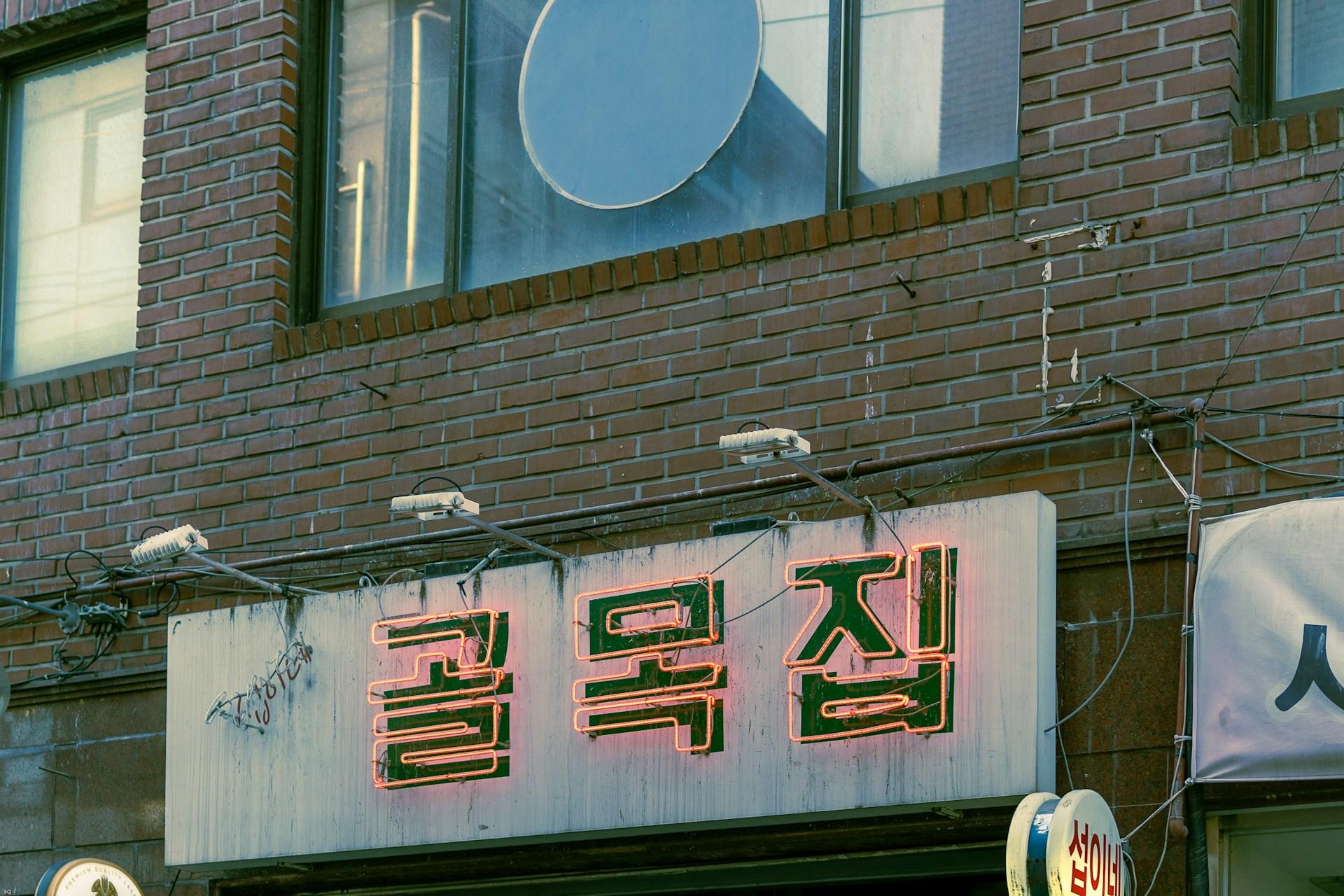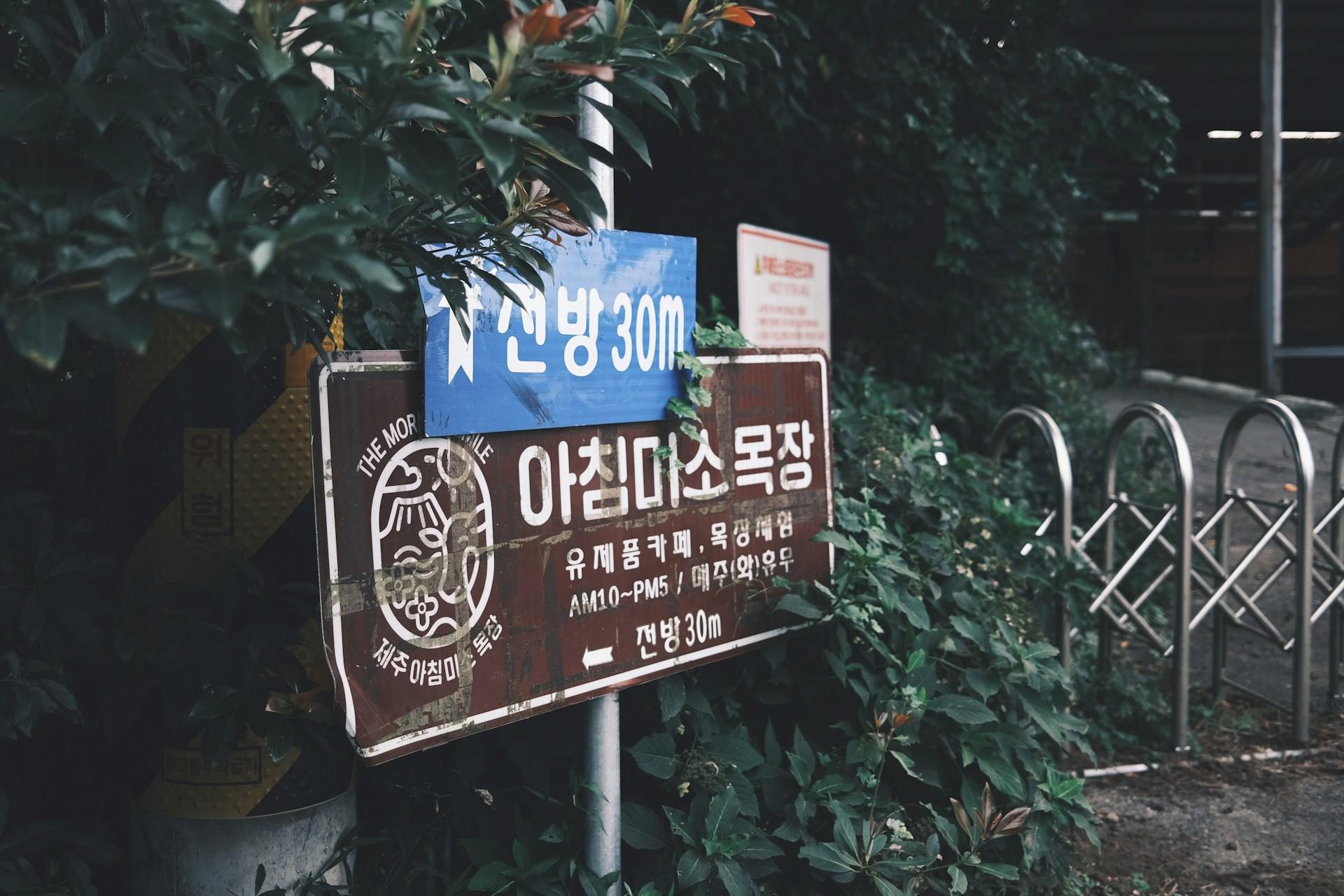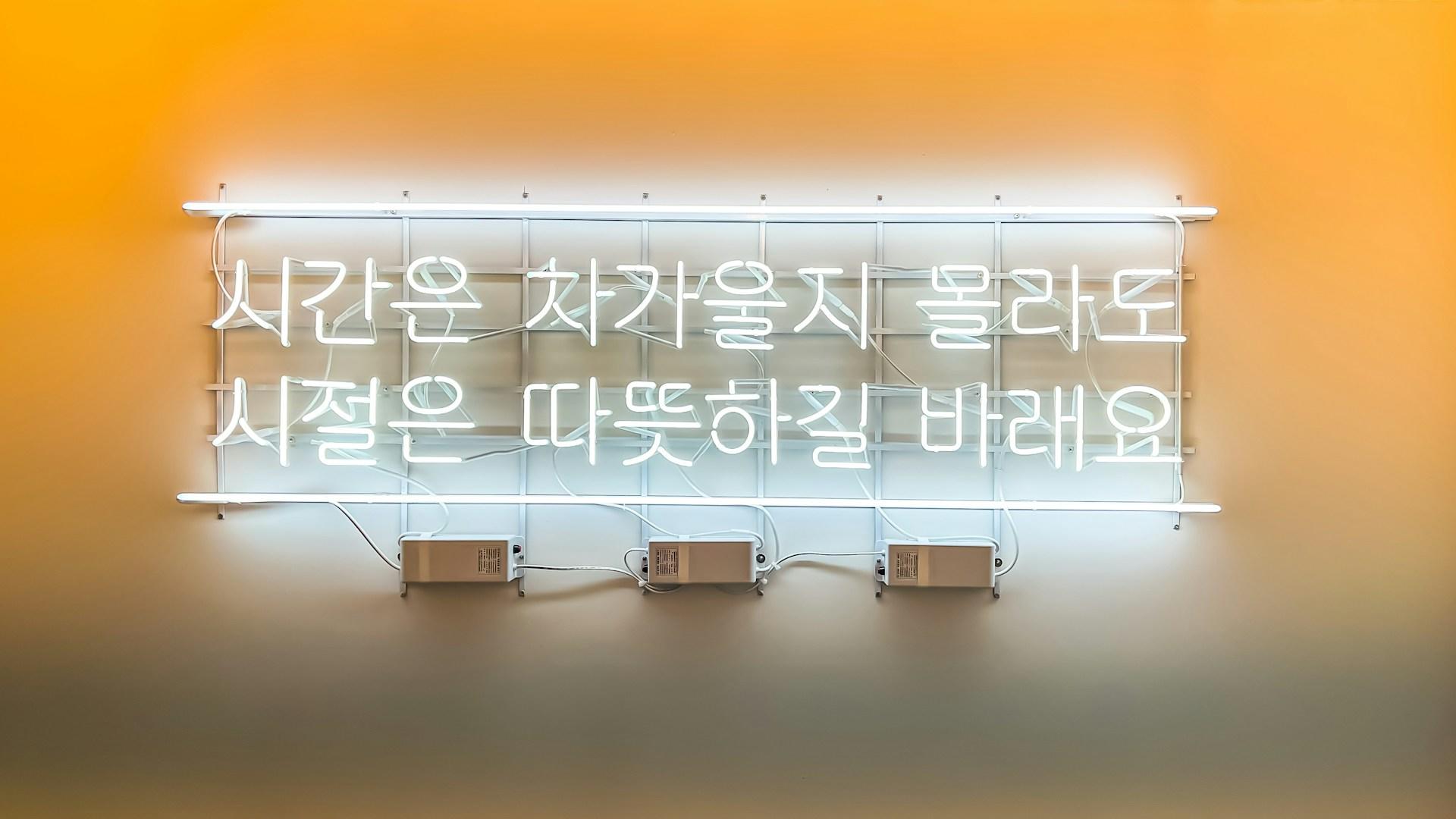Many people who grew up using the Roman alphabet have no qualms about accepting other languages that use this writing system. For the record, the alphabet I write this text in is the Roman alphabet.
We use these letters in various combinations to express ideas and concepts. As standalone language units, they have their own sound but when combined with others, they make different sounds. All of this is logical, sensible and acceptable.
Why, then, do so many people have such trouble accepting that other types of letters work the same way? The Korean alphabet stands as an example of such. It looks nothing like the alphabet that we mastered when we were small. Indeed, some might not even consider it an alphabet.
Yet, it's far less abstract - and far more logical than the uninitiated might think. Furthermore, its simplicity is born of a noble intent.
In this article, Superprof explores the origins of the Korean alphabet and explains its particulars. We'll study hangul particularities and run down the hangul chart. Along the way, we'll introduce a song to master the hangul alphabet.

Hangul: Origins and Purpose
In Korea and in many other countries, reading and writing were once privileges reserved for the wealthy and powerful. Such was the case in Korea for over a thousand years. To understand the origins of Hangul, you must know that Korea and China have a long, tangled history. Among other happenings, the Chinese writing system was applied to the Korean language.
That system is called Hanja, and it's still in use today as a secondary writing system. Historically, it benefited only a segment of the population, leaving everyone else unable to read, write or advance in society. Until the middle of last century, the Korean elite preferred this writing system, calling them jinseo (진서), meaning 'true letters'.
Want to start learning Korean? Find Korean lessons online right here on Superprof!
Han = Korean
Gul = letter
In 1443, King Sejong the Great sparked the initiative to create a writing system so easy that every Korean could learn it. Soon, a popular saying emerged to describe the new Korean alphabet. "A wise man can acquaint himself with them before the morning is over. Even a stupid man can learn them in the space of ten days."
As you might guess, the elite of the day opposed everyone having the ability to read and write. They insisted that Hanja was the only legitimate writing system. Popular support overrode the elites' privilege. Soon, Koreans at every level of society enjoyed reading and writing.
Joseon-era's tyrant king, Yeonsangun, banned the Korean alphabet in 1504. This ban stayed for nearly a century, until the widespread popularity of Sija poetry compelled banning the ban.
Since the late 16th Century, the hangul alphabet has endured a push-pull phenomenon, at times rejected and others, embraced. Today, this Korean alphabet is here to stay. People write everything from elite family names to ordinary numbers in hangul.

Korean Alphabet: a Breakdown
The hangul alphabet comprises 24 letters. Fourteen represent consonants and the other ten are vowels. As in English, the Korean language pairs consonants to create different sounds. However, these pairings do not modify the original letters' sounds. For example, the Korean 'ch' sounds like 'tuh', not the 'tsh' sound English speakers are familiar with.
The practice of writing Korean using the Latin alphabet.
The Korean alphabet adapts well to the one we use in English. However, you must take care when romanising Korean words because Korean romanised consonants change depending on their position. For instance, the consonant ㄱ represents G at the beginning of a syllable. When at a syllable's end, you must romanise it as K.
By contrast, Korean vowels do not change their romanised spelling no matter where in the word they appear. Thus, whenever you see ㅗ, you know it will always represent O.
Besides these 24 letters, the Korean alphabet includes double consonants and several vowel combinations. Furthermore, you must learn 27 complex letters. They are combinations of basic letters.
If you know what Korean writing looks like, you're aware that it is not a linear script. Rather, it's a two-tiered syllabic system. The top letter is typically a consonant but if the word starts with a vowel, 'o' (ng) functions as a placeholder. The Korean word younger sisters use to address their older sister is a fine example of that: 언니 — eonni.
Learning the various ways family members address one another in Korean is a good way to master this spelling method. You will have a long list of increasingly complex titles to study and spell. But first, you have to know how to write the individual letters.

Hangul Chart
If you're taking Korean lessons, your Korean tutor or teacher should have introduced a hangul chart early in your studies. However, you might decide to study Korean on your own.
Your first step is to learn the Korean alphabet, so need to find a hangul chart. These 14 consonants and 10 vowel figures break into two tables that will serve you well.
| Hangul | Name | Romanisation (first) | Romanisation (final) |
| ㄱ | giyeok | G | K |
| ㄴ | nieun | N | N |
| ㄷ | digeut | D | T |
| ㄹ | rieul | R | L |
| ㅁ | mieum | M | M |
| ㅂ | bieup | B | P |
| ㅅ | siot | S | T |
| ㅇ | ieung | (placeholder) | NG |
| ㅈ | jieut | J | T |
| ㅊ | chieut | CH | T |
| ㅋ | kieuk | K | K |
| ㅌ | tieut | T | T |
| ㅍ | pieup | P | P |
| ㅎ | hieut | H | T |
Remember that these consonants' romanised spelling depends on where in the syllable they are. If they're the first letter, use their 'first' romanised version. Should they follow a vowel, use their 'final' spelling.
Hangul vowels are straightforward. However, their list includes combined vowel sounds. Still, they represent a one-for-one relation, meaning one Hangul for one romanised vowel unit+Y.
| Hangul | Romanisation |
| ㅏ | A |
| ㅑ | YA |
| ㅓ | EO |
| ㅕ | YEO |
| ㅗ | O |
| ㅛ | YO |
| ㅜ | U |
| ㅠ | YU |
| ㅡ | EU |
| ㅣ | I |
The letter O is the Hangul alphabet's most confusing letter; it features among the consonants as well as the vowels. That's due to its romanisation. If it's used as a placeholder, O is considered a consonant, which is romanised as NG if it appears in the final place. As a vowel, it functions like an O with no other considerations needed.
You'll also note that our Hangul chart does not include any of the complex letters. Still, these 14 consonants and 10 vowel characters are enough for you to learn how to write basic words in Korean. Take a moment to learn the Korean alphabet song and then, we'll dissect the Hangul alphabet.
Using the Hangul Alphabet
Writing with the Korean alphabet is easier than you might think. Especially when compared to Hanja, the Korean writing system based on Chinese characters. When writing such characters, you must mind their stroke order and direction. Furthermore, some of those characters may take 15 or more strokes to write.
By contrast, you can write even the most complex Korean hangul with just five strokes. So, even though Hanja still features as a part of Korean writing, younger generations prefer their quicker-to-write script. As most Hanja have a Hangul equivalent, the trend is moving towards reserving this more elaborate writing for cultural markers.
That means you may focus exclusively on Hangul mastery. You can save the delight of learning Hanja once your Hangul reading, writing and pronunciation is more developed.
Discover your perfect Korean course Sydney here on Superprof!
Let's start our writing practice with four consonants: ㄷ ㄹ ㅁ ㅂ - (d, i, m, b). Can you recognise them in this word: 침대? The 'i' and 'm' appear in the first character. D starts the second one. Romanised, 침대 is chimdae, meaning 'bed'.
Speaking of beds, did you happen to notice the Korean letter for 'b' rather looks like a bed? This mnemonic is a handy memory trick to help you master that letter faster. You might also picture 'g' - giyeok (ㄱ) as a toy gun and 'm' - mieum (ㅁ) as a hungry mouth. That's even how that letter is pronounced!
Now, let's study the vowels: ㅏ ㅑ ㅓ ㅕ ㅗ ㅛ ㅜ ㅠ ㅡ ㅣ. Note that they always feature a long straight line. All but 'eu' and 'i' include at least one shorter, perpendicular mark. We can break them down even further.
A in the Hangul alphabet (ㅏ) pairs with 'ya' (ㅑ), which also features the letter A. The vowel 'eo' (ㅓ) pairs with 'yeo' (ㅕ). Did you spot the pattern? When you add Y to a vowel, that vowel receives a second perpendicular line.
You must learn Hangul romanisation to master reading and writing in Hangul. However, the more you train your ear to understand Korean, the less you'll need romanisation to write in Hangul.
The quicker you abandon romanisation, the faster your Korean learning will progress. Soon, you'll be reading and writing everything from basic greetings to complex ideas in Hangul, without a single roman letter in sight. You may even conclude that writing in Hangul is far more efficient than in the Latin alphabet.
Get started and take a Korean class taught by a certified tutor on Superprof!
















I find that learning to write korean with this explanation makes perfect sense. I lived in Korea for 4 years, so I’m very interested in mastering the reading and writing of the korean language.
That was extremely helpful! Thank you so much!💕🫶🏻
I have Korean friends and I like to write to them .
Thank you!